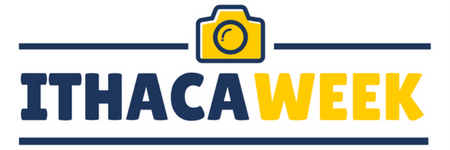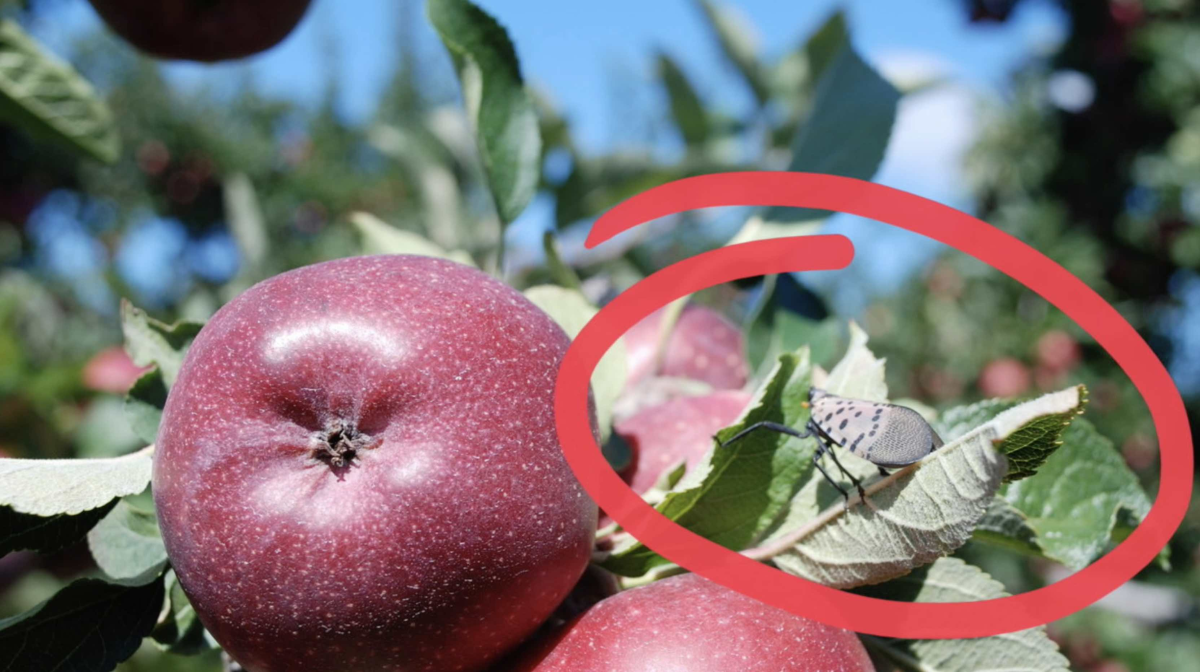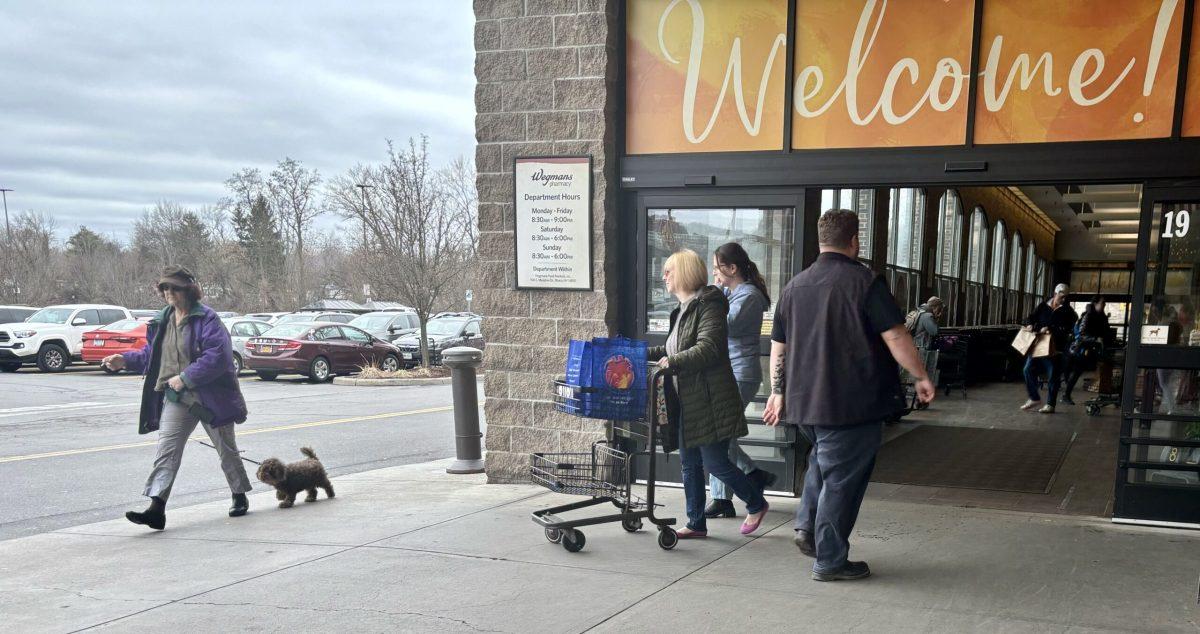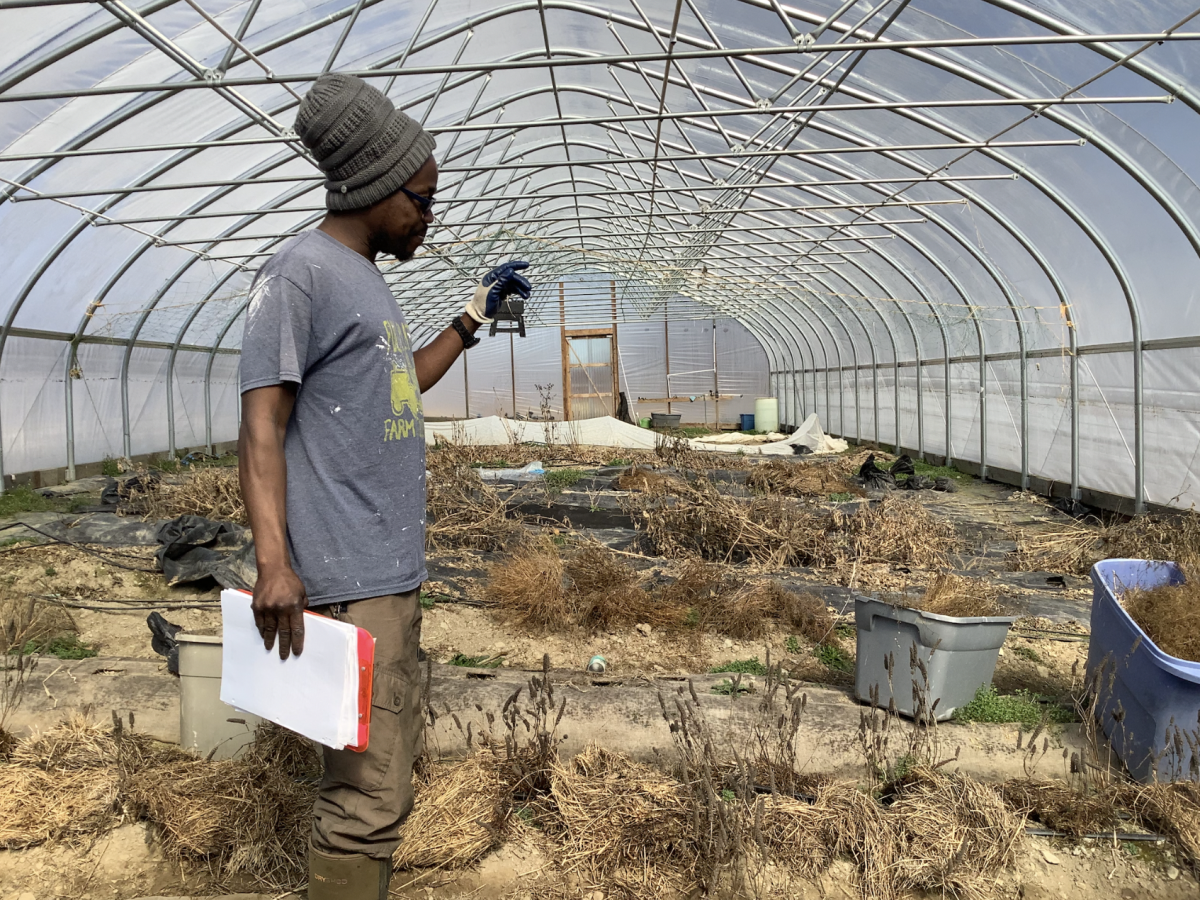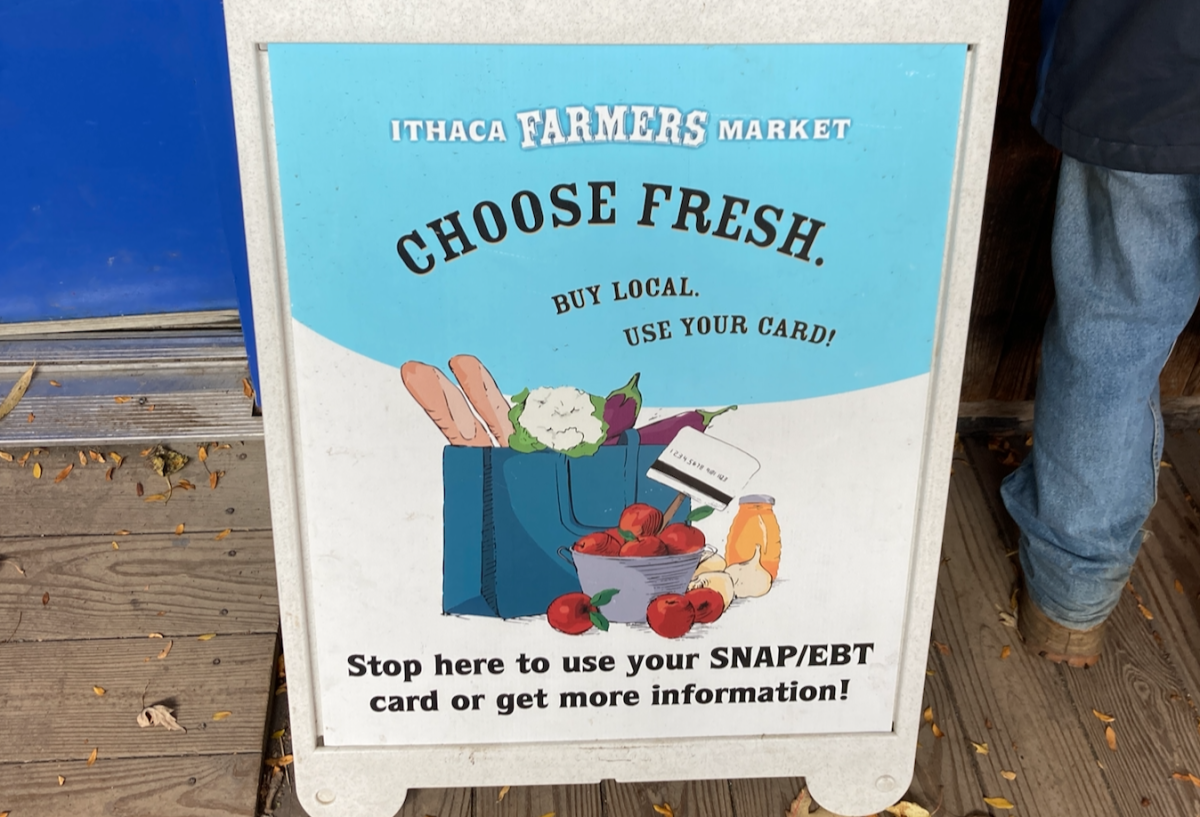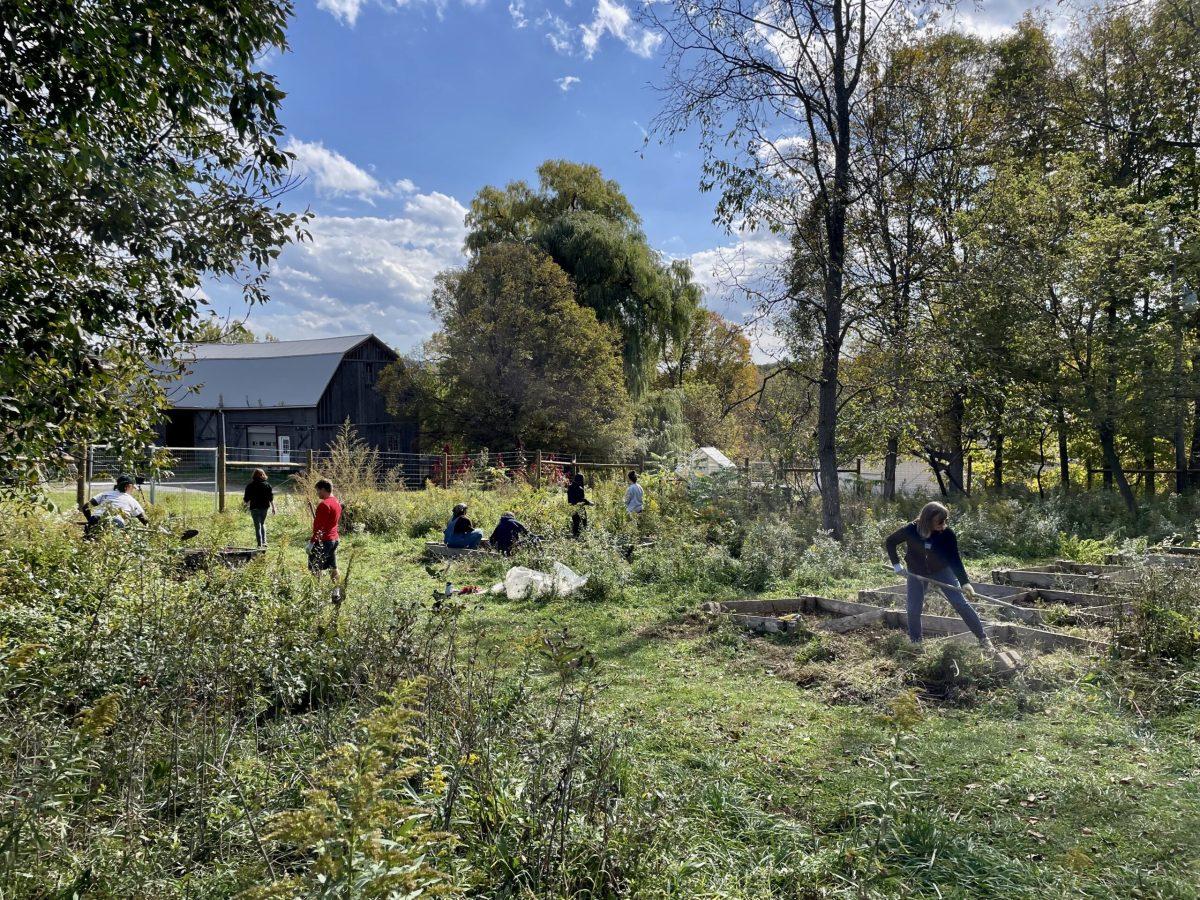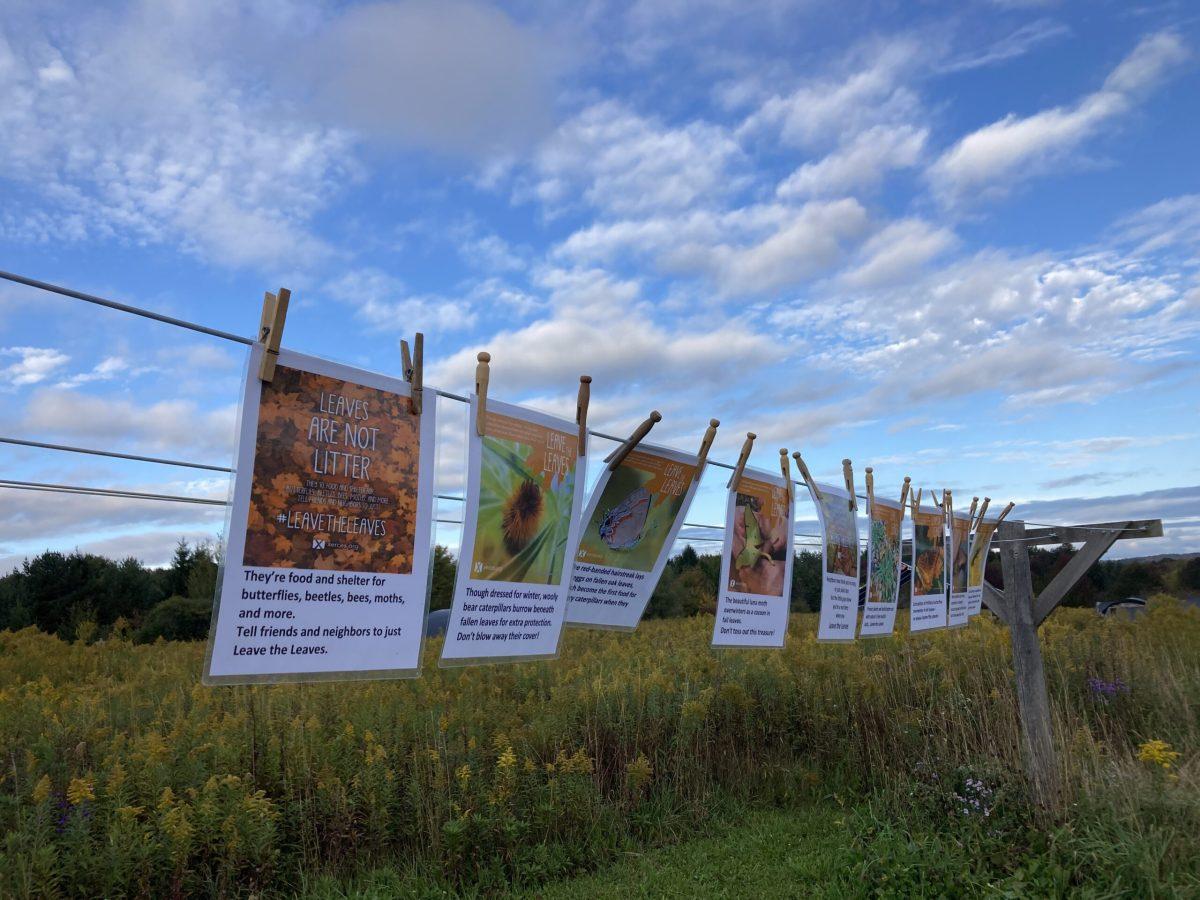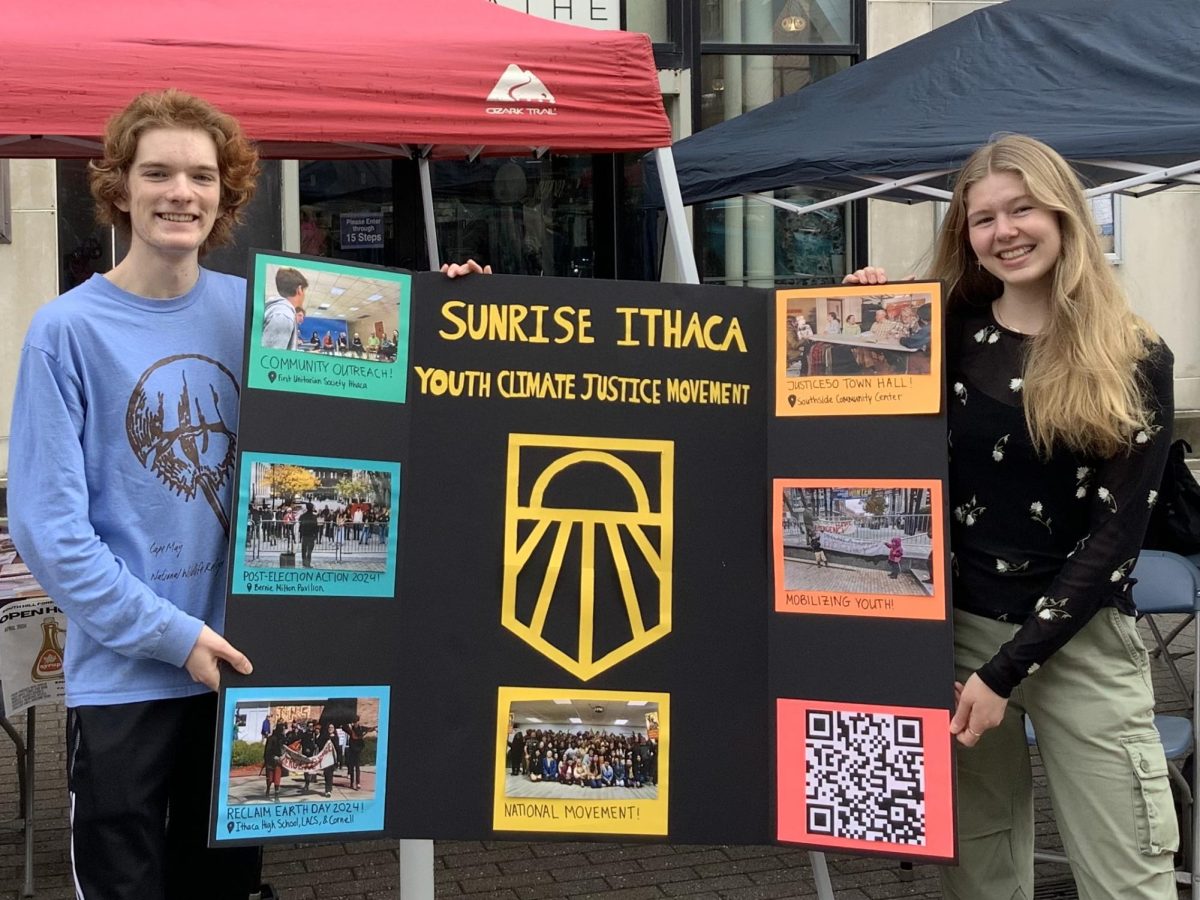
After tormenting Pennsylvanians for years, the invasive Spotted Lanternfly (SLF) has begun its incursion into Tompkins County. Aside from swarming around buildings and jumping into peoples’ faces, the bugs pose a great risk to crops.
SLF can destroy grapevines and other plants through their feeding habits. Their mouthparts drain nutrients from plants and, in some cases, kill them, said Ethan Angell, senior horticultural inspector at the New York State Department of Agriculture & Markets.
As the invasion begins, local wineries like Six Mile Creek Vineyard and Bet the Farm Winery are taking precautions before they begin harvesting their grapes in September. Six Mile Creek is looking at potential pesticide treatments for their grapes in the coming years, said Paul King, a winemaker at Six Mile Creek Vineyard.
“Although it does not seem like it will be a terrible problem this year or maybe next year, the possibility is there,” King said. “I’m not worried yet; I’m doing my homework.”
Educating the Masses
Bet the Farm Winery is educating customers on how to spot SLF and their egg sacs as well as asking travelers to inspect their cars before coming to their vineyard in Trumansburg, Tompkins County, said Nancy Tisch, owner of Bet the Farm Winery.
Bet the Farm Winery on the outskirts of Trumansburg gives out complementary cards that detail steps to take in halting the spread of the SLF. This includes pictures, links to reporting sites and a brief explanation on why they are dangerous. This species of planthopper is one-inch long with brown wings covered in black spots, a second pair of ruby red wings and six spindly legs that allow them to jump great distances.
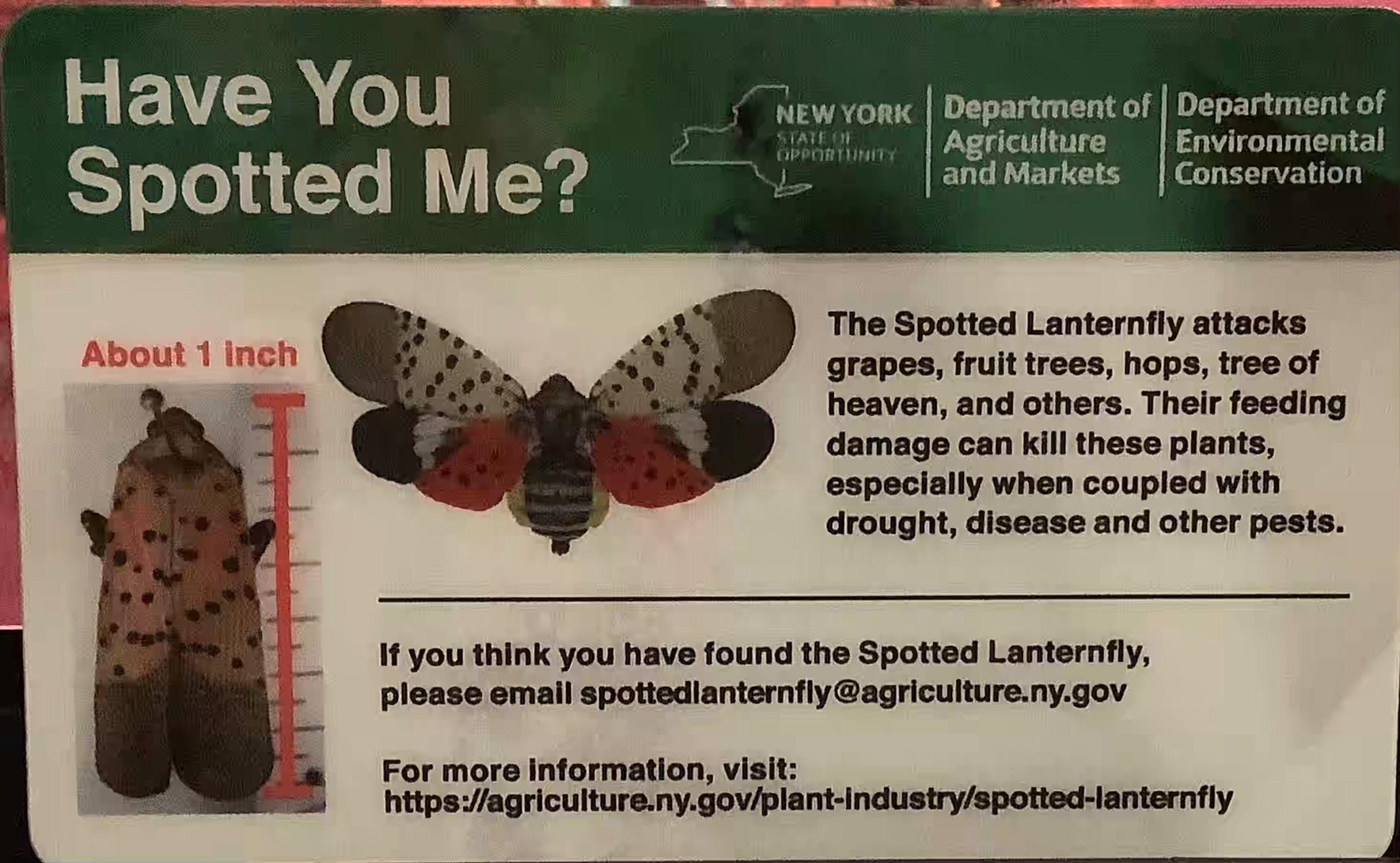
Under Pressure
A major reason SLF feast on grapevines is because of the mechanics of their mouthparts, Angell said. They rely on high pressure within cells to extract nutrients from plants, kind of like poking a hole in a soda can. This is why lanternflies feed right before harvest, when the pressure is at it highest, allowing them to feed the most. Angell said the state is most concerned about grape and wine production as New York is one of the top producers of wine in the country.
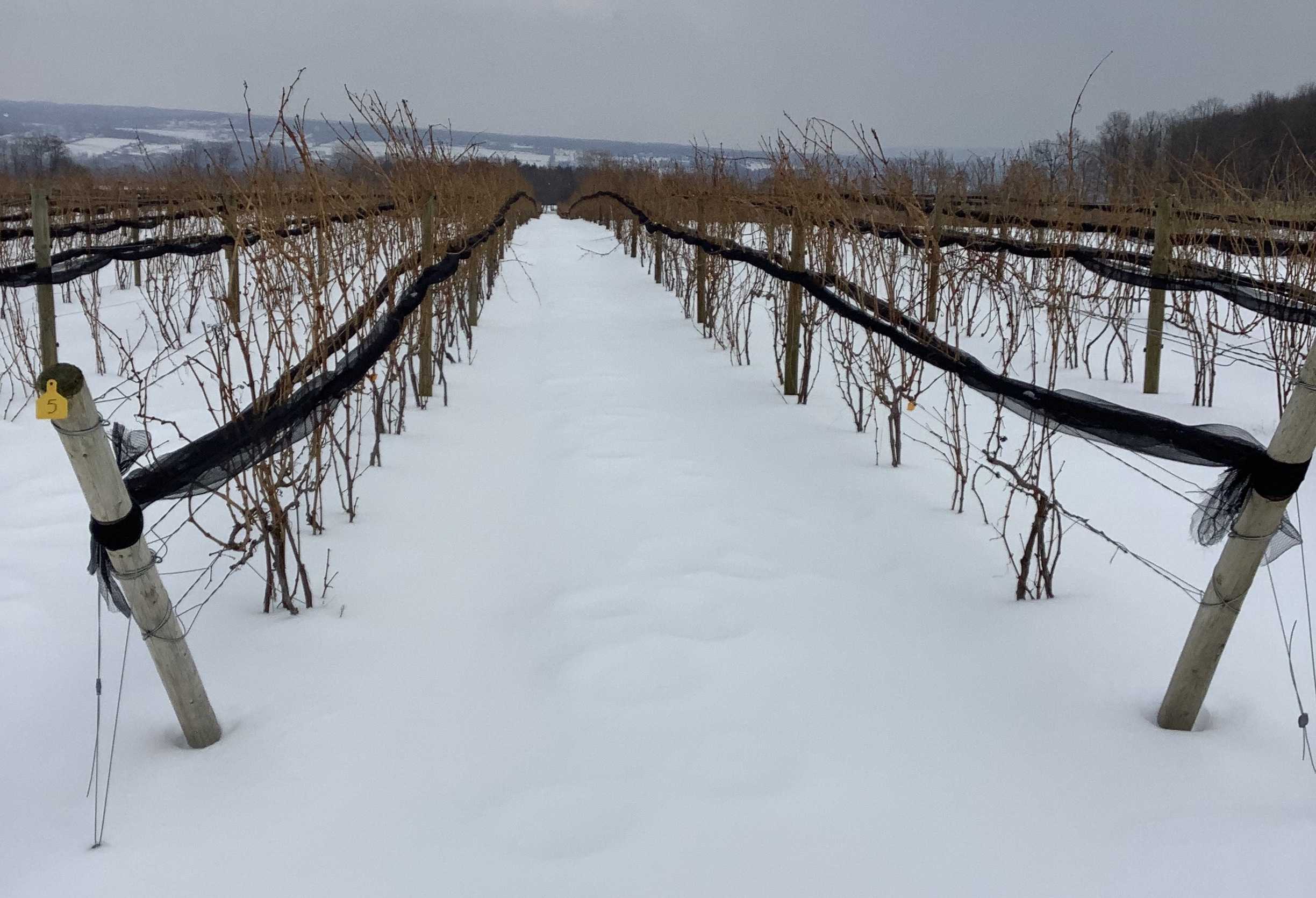
Bet the Farm Winery recently planted its first batch of Gamay grapes and Tisch said she would be devastated if anything happened to her crop as she was really looking forward to making wine out of them.
“The financial part would be really hard to get over, but when you plant and you wait and wait and drop fruit for two years waiting for that first production— It would be heartbreaking,” Tisch said.
Looking Ahead
Angell said that while Pennsylvania is currently seeing a mass infestation of SLF, the state Department of Agriculture and Markets believes that the infestation in New York is currently in its beginning stage. The state is focused on tracking sightings and capture efforts than the extermination tactics Pennsylvania is using, Angell said.
“We are in a much different situation [than Pennsylvania],” Angell said. “We need to be able to see where a lanternfly is… and if someone destroys those egg masses, we can never definitively confirm that ‘yes, that was lanternfly,’ or that it was something else.”
New York State Department of Agriculture and Markets is currently working with New York State Invasive Pest Management, the Center for Plant Health, Science and Technology (CPHST), Cornell and Pennsylvania State University to assist in its attempt to limit the infestation and potential damages, Angell said.
Angell encouraged citizens to log onto [email protected] to report sightings of SLF and learn how to use its tracking tool, iMapInvasives.
